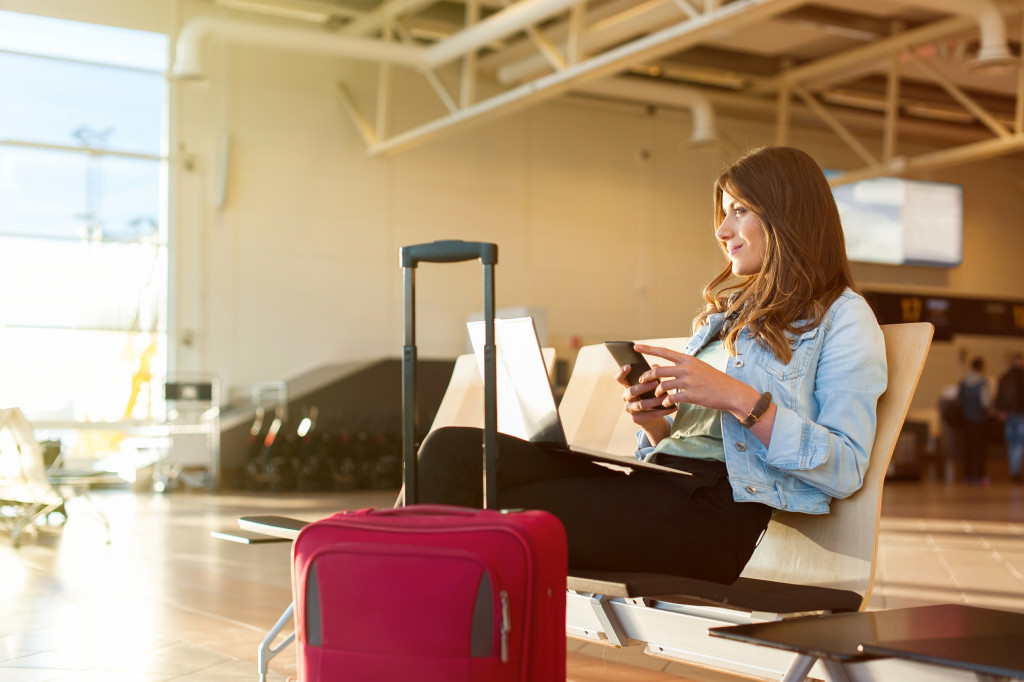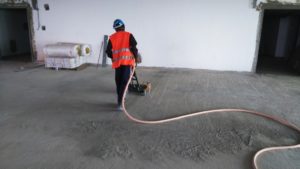Traveling is a unique experience that everyone needs to try at least once in their life, whether local or international. It allows you to meet new people, try different cuisines, and create memorable experiences. However, one of the most exhausting parts of travel is the journey. Getting to your destination involves a lot of waiting and sitting around- at the airport, on the plane, at baggage claim, and even in the taxi or shuttle headed to your accommodation. This alone can already cause a lot of pain and discomfort to even the strongest of bodies.
On the other hand, when you have chronic illnesses like scoliosis, it can make the journey extremely difficult if you’re not prepared, as sitting for hours at a time can put pressure on your lower back and even take a toll on your general well-being. Fortunately, traveling the world with scoliosis doesn’t mean having to endure a lot of pain. Don’t let your condition hinder your next flight or road trip, and use these tips to make your travel experience one you’ll remember fondly.
Discuss It with Your Doctor
Before deciding to take a trip, your doctor must know you’re planning to travel. This is so that they can check on your condition and determine whether you’re fit to travel and provide you the necessary help you need to make your flight or road trip more comfortable, such as a medical letter and a prescription that will last you throughout your trip. If you’re going on a long-haul flight, your doctor can prepare a medical letter that allows special accommodations, such as more leg space or enough space to lie down flat.
It may also help consult your doctor about non-surgical correction treatments for your scoliosis months before your trip if you have the time and budget to do so. This way, your body will be better prepared to endure any long periods of downtime while you’re traveling.
Schedule Your Travel Plans
Travel can easily become stressful and tiring at times, especially if you’re staying at your destination for a short time. While you may want to fit in as many places to visit as your time allows, this may not bode well for you and your condition. While going through your travel plans, make sure to look for ways to make your trip less stressful.
If you’re traveling by plane, include choosing afternoon or evening flights, so you don’t need to rush, minimizing the time you wait before a connecting flight, and avoiding flights during peak hours. On the other hand, if you’re traveling by car, make sure to schedule regular breaks throughout the drive to give you time to stretch your legs.

Coordinate with the Airline
Whether you’re going on a short or long-haul flight, consider contacting the airline you’ll be flying with a few weeks before you leave and let them know about your condition. This will allow them to arrange for special accommodations like early boarding, wheelchair and luggage assistance, shuttles, and other services that can make your travel experience less stressful on both you and your back.
Bring a Decent Cushion
One problem many long-distance travelers tend to experience is slouching, which can cause discomfort and pain when you’ve been slouching for too long. You can alleviate the pain by investing in specialized cushions that are meant to support your back. These cushions come in different types, filled with either memory foam, microfiber, or gel, which can keep your spine straight and support your back.
If you’re already in the air or on the road and forgot to bring your cushion with you, you can get a scarf or jacket, roll it up and place it behind your lower back to provide support.
Use Yoga Pants and Compression Socks
When going on any trip, you want to dress as comfortably as you can during the journey, especially when you have scoliosis. While you may have to deal with a little pain while during the trip, it helps alleviate the discomfort you’re likely to feel with yoga pants. Yoga pants fit just right around your body and allow you to move around freely and your blood to circulate better while you’re seated.
The same goes for compression socks. Being immobile for long periods can put you at risk of DVT or deep vein thrombosis. Compression socks or stockings can help blood flow from your legs to your heart and makes your blood move more efficiently. This, in addition to moving around often, will help your blood circulate better and won’t make you feel as fatigued as you usually do.
Traveling may look a little different this year, but that doesn’t mean you need to endure any aches and pains you feel during your trip! As long as you keep you consult your doctor, prepare everything you need for a comfortable trip, and remember to take breaks, your next travel experience will be one for the books.



















